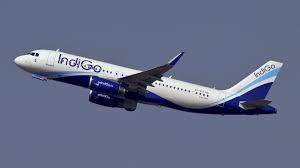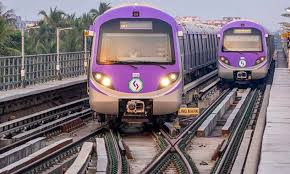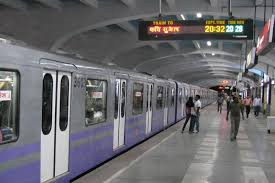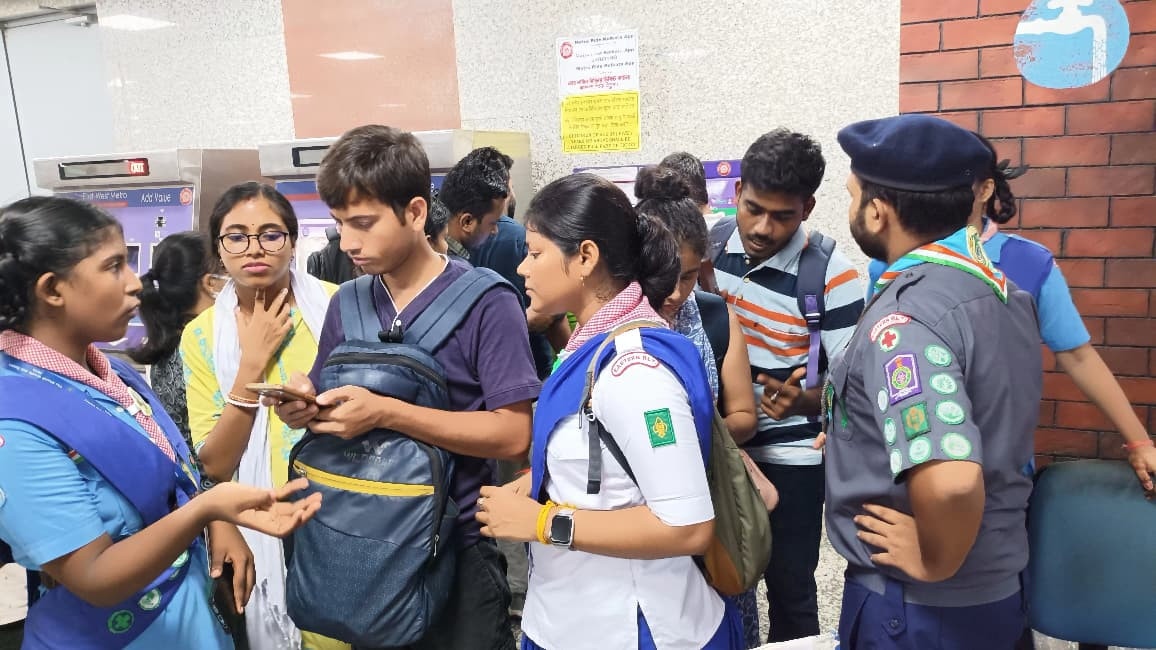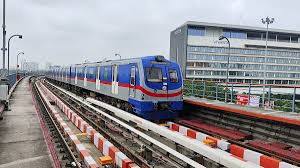City to Sky: Kolkata Metro Now Links Airport to Heart of the City and Suburbs

IIE DIGITAL DESK : Kolkata: In a historic leap for the city’s public transport infrastructure, Kolkata Metro has extended its network to directly connect Netaji Subhas Chandra Bose International Airport with central Kolkata and its sprawling suburbs. This long-awaited development marks a new era of seamless and efficient travel for commuters, cutting down travel time drastically and offering a smooth alternative to the city’s often congested roads.
The airport link is part of the New Garia–Airport Metro Corridor (Orange Line), a project that has been in the pipeline for years and has now begun to see significant progress. The corridor spans nearly 30 kilometers and is expected to become one of the city’s busiest and most crucial routes once fully operational. This line will directly link key points such as New Garia, EM Bypass, Ruby, Salt Lake, and finally, the airport — creating a much-needed north-south arterial route across Kolkata.
Currently, passengers commuting to the airport from areas like South Kolkata or the eastern IT hubs of Salt Lake and Newtown have to rely heavily on road transport — often stuck in traffic bottlenecks that can extend journeys well over an hour. The metro, once operational till the airport, is expected to slash this time by half or more, while also ensuring punctuality and comfort.
Officials from Kolkata Metro Railway have confirmed that construction at the airport terminal station is nearing completion and trial runs will begin in the coming months. The station, set to be a modern, multi-modal transit hub, will be equipped with escalators, elevators, CCTV surveillance, digital information systems, and provisions for seamless integration with other metro lines and airport infrastructure. It will also be fully accessible for differently-abled passengers.
“The airport metro extension is a transformative project for the city. It will connect major residential and commercial zones directly to the airport, which is not only convenient for fliers but also vital for economic activity,” said a senior metro official involved in the project. He added that once the full line is open, over 5 lakh commuters are expected to use it daily.
Transport analysts have praised this initiative, calling it a step toward aligning Kolkata with other global cities that boast integrated airport metro systems. With Delhi already operating its Airport Express Line and Mumbai's underground metro underway, Kolkata’s inclusion in this network is being seen as a major urban milestone.
The metro corridor is also designed to reduce carbon emissions and road traffic, offering a greener solution to the city's growing mobility needs. With a significant number of IT professionals, students, and frequent fliers living in the Salt Lake, Newtown, and Garia regions, the metro link is expected to witness high ridership from the outset.
Additionally, talks are ongoing to introduce features such as early check-in counters and baggage handling facilities at select stations, allowing passengers to drop off luggage and receive boarding passes before arriving at the airport — a feature common in advanced metro systems in cities like Hong Kong and London.
Though a full opening date has not been officially declared, the initial phase up to Hemanta Mukhopadhyay station (near Ruby Hospital) is already operational, with further stretches being completed in a phased manner. Metro officials are hopeful that by 2026, the entire corridor including the airport terminal station will be fully functional.
As Kolkata Metro, India’s oldest underground transit system, expands its reach and capability, the new airport link stands as a testament to the city’s push toward smarter, faster, and more commuter-friendly urban transport. For now, citizens can look forward to a future where getting to the airport might just be as easy as catching a train.
You might also like!


